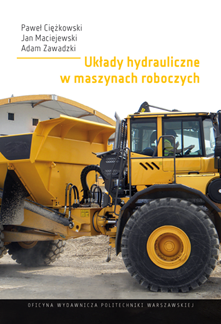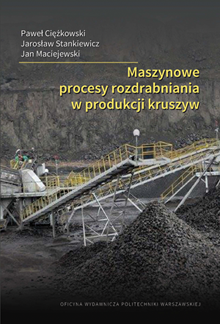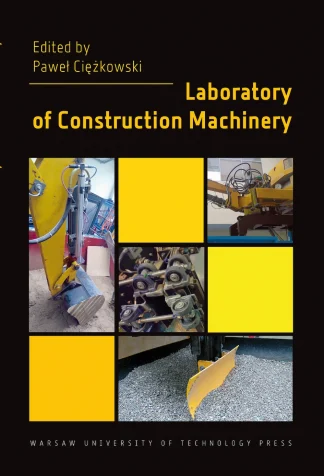Opis
In this script, the laboratory exercises presented are divided into two groups. In the fi rst group, the authors describe the stands and test methods to determine the basic strength parameters of soils and rocks. The stands discussed allow students to become familiar with model processes of interaction of construction machinery tools with geomaterials and road surface materials (asphalt, concrete). The model investigations are concerned with elementary rock fragmentation processes and the interaction of crushing tools in the milling process of road surfaces. Exercises on machine-based crushing processes will be presented. Within this group of exercises, students will become familiar with the construction and operation of various types of crushers (cone, impact, jaw). The exercises will include studies of: a) the influence of the type of crusher on the shape and grain size of the product obtained, b) the influence of the outlet gap setting on the forces, energy consump-tion and effi ciency of the crushing process, c) the infl uence of the shape of jaw crusher crushing plates on the parameters of the crushing process.
The second group of exercises deals with construction and transport machinery, their construction and operation. The exercises are aimed with the problems of interaction of tools with the soil. On the laboratory stand “soil channel”, exercises will be presented to study the interaction of model tools of earth-moving construction machinery such as: loader bucket blade, excavator, scraper basket. The exercises will include the determination of cutting forces and work and the determina-tion of deformation mechanisms. The soil channel described in the paper allows students to fami-liarise themselves with the interaction of the driving system with the ground. The exercises will include determining the characteristics of the interaction of the crawler with the ground, investiga-ting changes in the tractive force of the machine as a function of slippage and the weight of the machine. Within the laboratory, exercises will be performed on a unique stand of a single-head hydraulic backhoe excavator, whose control and data acquisition system is fully automated. By performing the exercise on the single-head excavator, students will study selected methods for calculating cutting forces, the eff ect of excavator bucket shape and digging trajectory on cutting forces. The next stand is a rotating mechanism, where students can familiarise themselves with the properties of hydraulic drive systems using a hydraulic piston motor as an example, and the influence of the gain of individual controller components on system properties and speed control error. The script also includes a stand to learn about a typical PLC structure and the programme structure and programming method. Information on the theory of vibratory conveyor of granular materials is also presented in this study.
Wydanie: 1, 2024
Format: B5
Stron: 122
ISBN 978-83-8156-611-7 (print)
ISBN 978-83-8156-612-4 (online)
584/2023








